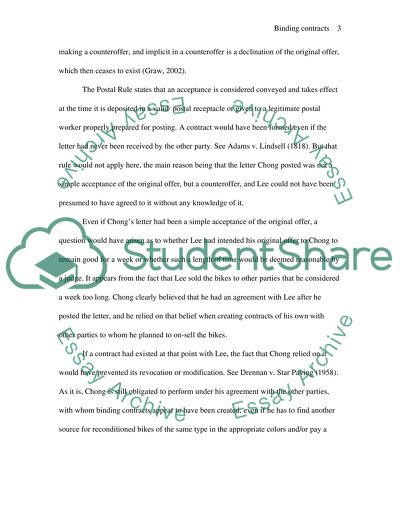Cite this document
(“What are the elements of a binding contract Essay”, n.d.)
What are the elements of a binding contract Essay. Retrieved from https://studentshare.org/law/1503613-what-are-the-elements-of-a-binding-contract
What are the elements of a binding contract Essay. Retrieved from https://studentshare.org/law/1503613-what-are-the-elements-of-a-binding-contract
(What Are the Elements of a Binding Contract Essay)
What Are the Elements of a Binding Contract Essay. https://studentshare.org/law/1503613-what-are-the-elements-of-a-binding-contract.
What Are the Elements of a Binding Contract Essay. https://studentshare.org/law/1503613-what-are-the-elements-of-a-binding-contract.
“What Are the Elements of a Binding Contract Essay”, n.d. https://studentshare.org/law/1503613-what-are-the-elements-of-a-binding-contract.


